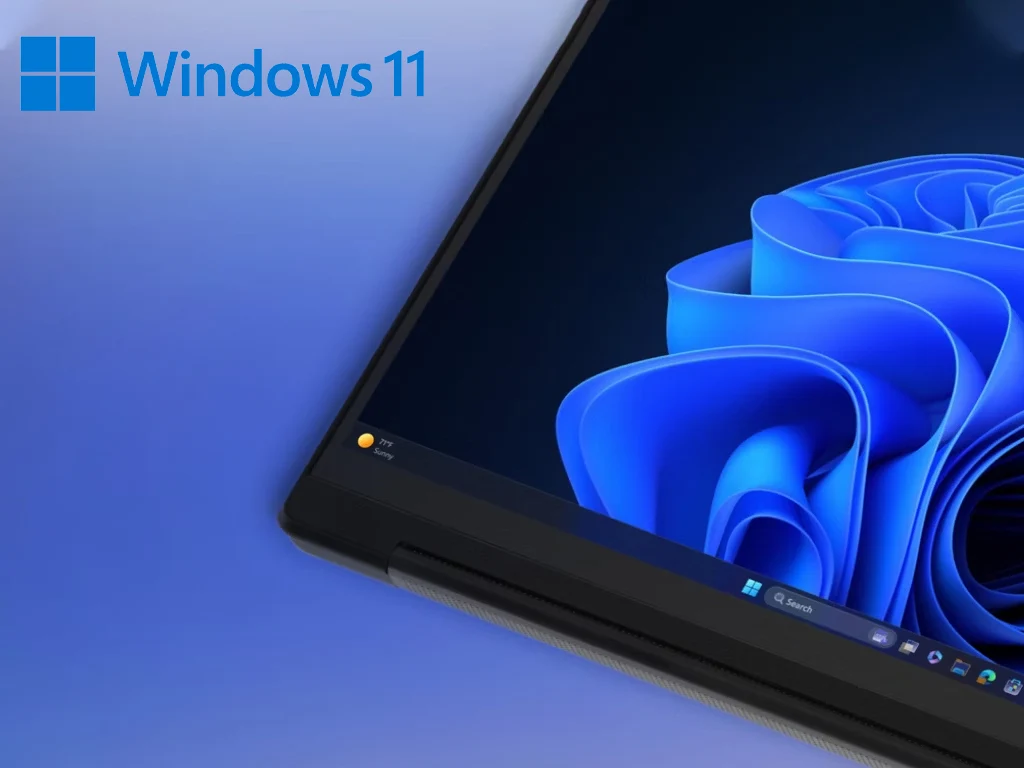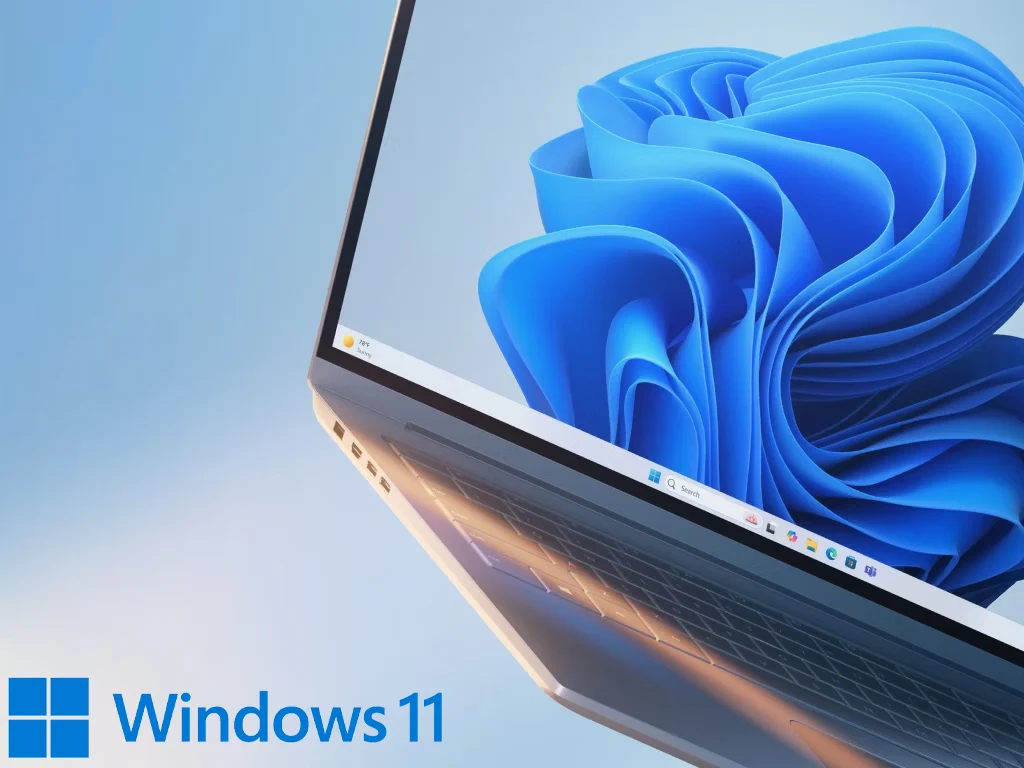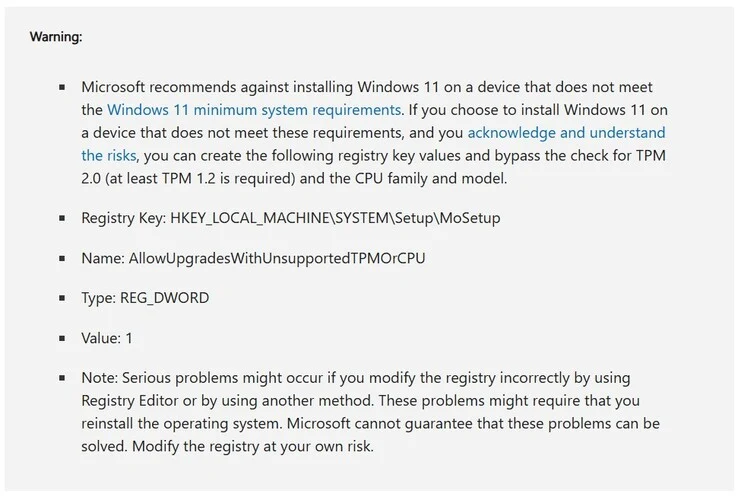Key Takeaways
1. Windows 10’s life cycle ends this fall, prompting many users to switch to Windows 11.
2. TPM 2.0 is required for key security features in Windows 11, but upgrade offers are being sent to devices without it.
3. Users are receiving upgrade prompts for Windows 11 24H2 on older devices with TPM 2.0 disabled.
4. Microsoft has not officially commented on the unexpected upgrade offers, leaving the situation unclear.
5. Upgrading to Windows 11 without TPM 2.0 is possible but not recommended due to potential security risks.
With Windows 10’s life cycle coming to an end this fall, many users are about to switch to Windows 11. The official requirement states that TPM 2.0 is necessary to enable security features such as device encryption and Windows Hello. However, there are increasing instances where updates to Windows 11 are being offered on older devices that lack TPM 2.0.
Upgrade Offers for Older Devices
As reported by Günther Born’s blog, BornCity, both personal and business users are getting upgrade prompts for Windows 11 24H2, even when TPM 2.0 is turned off in the UEFI settings. For instance, a Lenovo IdeaPad S145-15IWL user received a notification for the upgrade, despite having TPM 2.0 disabled. In March 2025, some company admins noted that their Windows 10 machines were being upgraded to Windows 11 24H2 without their approval, even though they were using WSUS for managing updates.
Importance of TPM 2.0
TPM 2.0 is a specialized security chip that offers cryptographic functions and safeguards key system processes. Microsoft views TPM 2.0 as vital for securely using Windows 11. Therefore, the upgrade notifications seen on older devices without TPM may introduce security vulnerabilities.
Uncertainty Ahead
So far, Microsoft has not released an official comment regarding this situation. It’s possible that the unexpected upgrade prompts could stem from a glitch in the updating process. The stated system requirements remain the same, meaning TPM 2.0 is still officially needed.
It is still uncertain if Microsoft plans to ease the system requirements for Windows 11 in the future or if the current observations are simply temporary issues. For now, users on older devices should be aware that upgrading to Windows 11 without TPM 2.0 is feasible but not officially advisable.
Source:
Link





